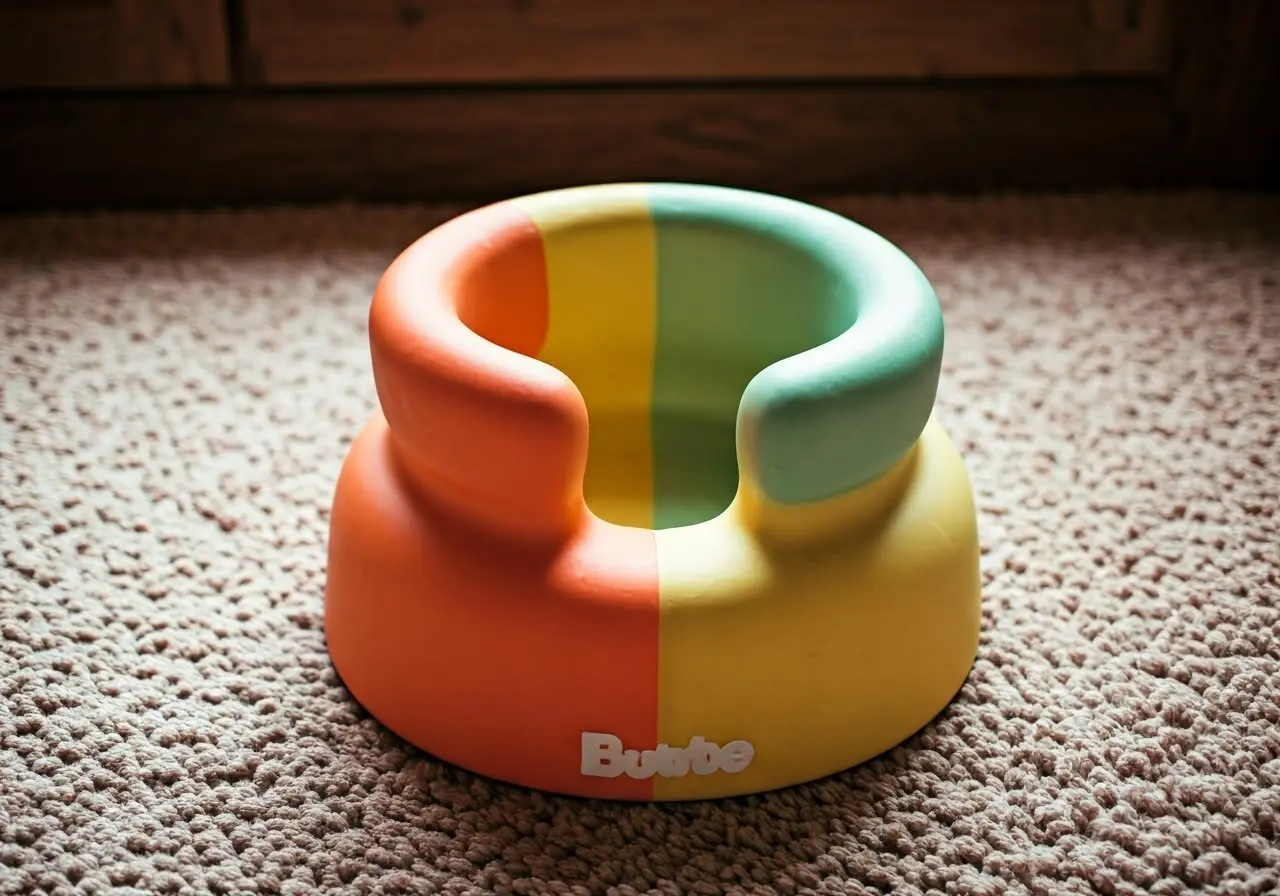Using a Bumbo seat can be an exciting experience for your baby as they explore sitting up and seeing the world from a new perspective. However, safety is paramount when using these seats. Here are some essential tips to ensure your little one’s safety while enjoying their Bumbo seat.
1. Choose the Right Surface
Place the Bumbo seat only on a flat, stable surface. Avoid elevated surfaces like tables or countertops, as these can increase the risk of falls. Ensuring a flat surface minimizes the chances of the seat tipping over. Many parents find that the safest place is on the floor, where even if a slip occurs, the impact is minimal. When considering a location, think about any nearby hazards like furniture edges or other sharp objects that could pose a risk if the seat were to move.
It’s essential to recognize that not all surfaces are the same. Carpeted floors, while softer, can sometimes make the seat less stable compared to hard floors. Ensure that any surface you choose is supportive and doesn’t give way easily under pressure. When deciding on a spot, envision the worst-case scenario and ensure that your setup minimizes any risks.
2. Always Supervise Your Baby
Never leave your baby unattended in a Bumbo seat. Constant supervision ensures that you can quickly respond if your baby attempts to move or if any issues arise. Even the calmest babies can have a moment of curiosity that leads to unexpected movement.
Staying close by isn’t just for safety; it also offers wonderful bonding opportunities. Interact, talk, and play with your baby while they’re in their Bumbo seat. This not only ensures their safety but also enriches their experience by making it interactive and fun. Remember, babies thrive on attention, and your proximity can make them feel secure and loved, enhancing their overall experience.
3. Follow the Age Recommendations
Bumbo seats are designed with specific age groups in mind. Use them only for babies who can support their heads independently. Typically, this is around three months of age. Check the manufacturer’s guidelines carefully, as these seats are not a one-size-fits-all solution.
Understanding the developmental milestones of your child is crucial in determining the appropriate time to introduce a Bumbo seat. Babies develop at their own pace, so while age guidelines offer general advice, assess your baby’s readiness based on their unique development. If you ever have any doubts, consulting with your pediatrician can provide reassurance and additional insights to keep your little one safe.
4. Utilize Safety Straps
Ensure the safety straps are properly secured, as they can help prevent your baby from wriggling out or tipping over the seat. While the seat is designed ergonomically to provide support, the straps add an extra layer of security.
It’s important to check the condition of the straps frequently. Over time, wear and tear can compromise their strength. Make it a routine to assess the straps before placing your baby in the seat, ensuring they are not frayed or damaged. If they seem less secure, it’s better to err on the side of caution and replace them to maintain optimal safety conditions.
5. Limit the Time Spent Seated
Babies should not spend prolonged periods in a Bumbo seat. Limit sessions to short intervals to prevent discomfort and encourage muscle development. Extended sitting can put unnecessary pressure on your baby’s developing spine and may inhibit their ability to move freely.
6. Enhance Comfort with Toys
Keep your baby entertained with lightweight toys that can be attached to the seat, providing stimulation without risk of toppling the seat. Opt for toys that are colorful and varied in texture to captivate your baby’s attention and enhance their sensory experience.
7. Inspect the Seat Regularly
Regularly check the seat for any signs of wear or damage. Ensure the seat is in good condition before each use to maintain safety. Take the time to clean it thoroughly, removing any grime or debris that might have accumulated. A clean and well-maintained seat not only ensures safety but also extends the longevity of your baby’s Bumbo experience.
8. Be Cautious with Movement
If you need to move the seat with your baby in it, pick it up carefully, supporting both the seat and your baby to avoid any sudden movements. A slow and steady motion will keep your baby calm and prevent any jostling that could upset them. Always ensure your grasp is firm and that your focus is entirely on the task to avoid any missteps.






















































































